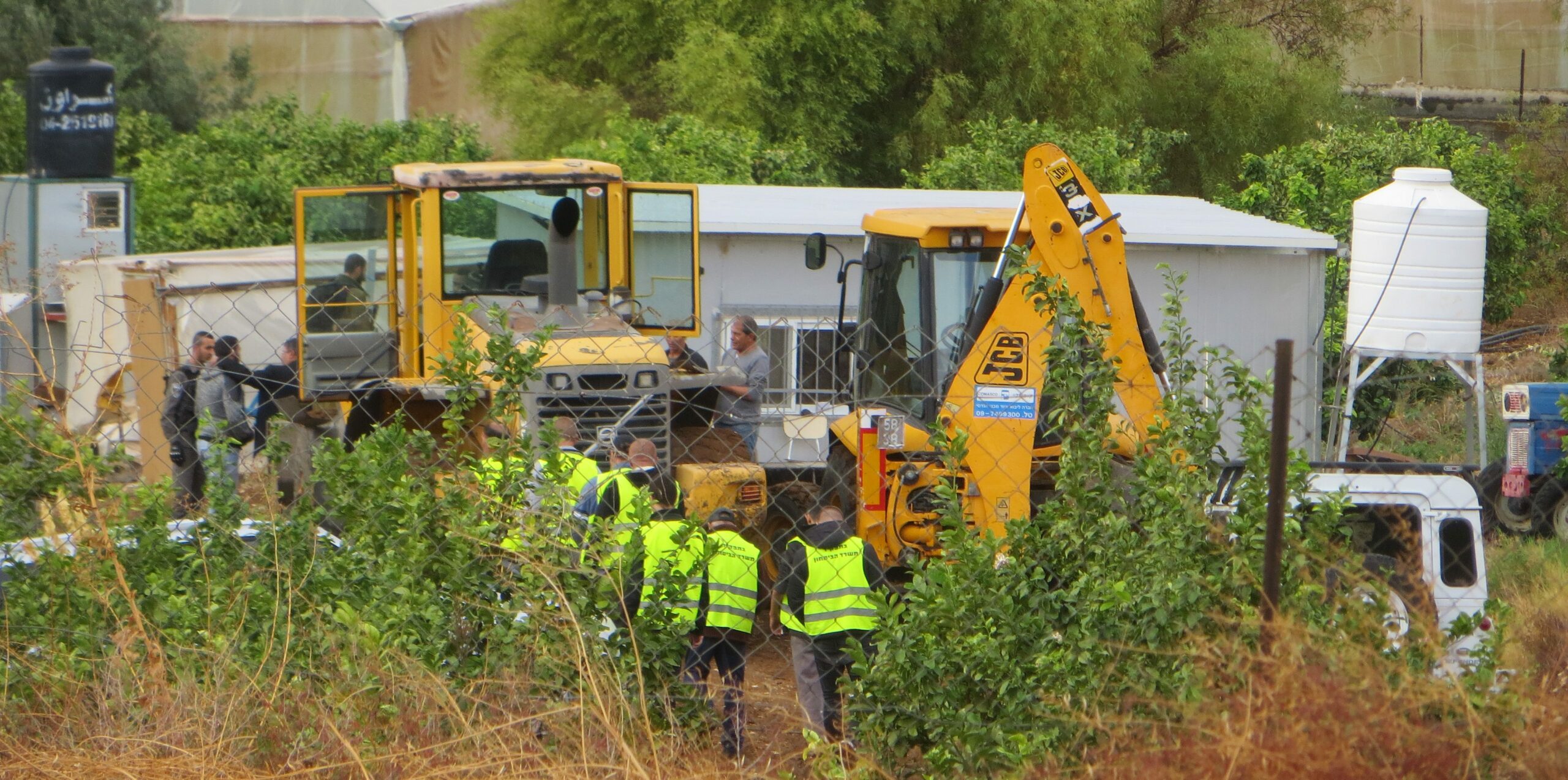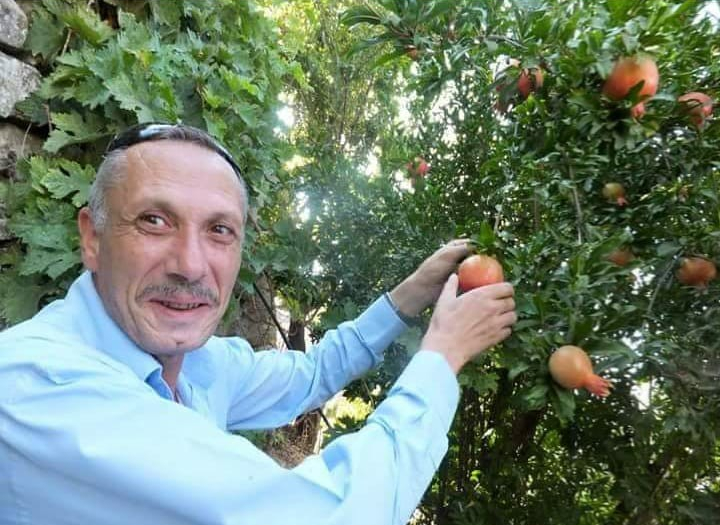By Corporate Watch
At least three people have died in Cairo’s Tahrir Square after inhaling toxic tear gases. Reports suggest that, in addition to CS gas made by Combined Systems Inc (CSI) and other American and British companies, Egyptian security forces have used other, stronger gases against protesters, such as the illegal CR gas. Meanwhile in Palestine, yet another person was killed by a high-velocity gas canister fired by Israeli soldiers during a weekly demonstration in the village of Nabi Saleh.
Misuse or proper use?
At least three of the 56 protesters who were killed during the latest wave of protests in Egypt in the last week of November are known to have died directly from tear gas inhalation. Many cases of unconsciousness and epileptic-like convulsions have also been reported. Demonstrators say cartridges retrieved from the scenes bore the name of Combined Systems Inc and its address in Jamestown, Pennsylvania.
Other cartridges carried the markings of US firm Federal Laboratories and British defence contractor Chemring Defence (formerly known as PW Defence). Numerous photographs and videos of the canisters have been posted on the internet.
Though the Egyptian and American authorities are saying the tear gas used in Cairo is ‘conventional’ CS gas, protesters say the gases they have encountered are more powerful than that used by Egyptian police at the start of the popular uprising in January. Many of those taken to the makeshift hospitals in Tahrir Square after inhaling the gases reported falling unconscious, unusual burning sensation in the lungs and skin, jerking spasms and a different smell to the usual tear gas (see here and here).
Experts say at least two other toxic gases have been used on demonstrators. Protesters have reported seeing canisters marked with the letters “CR”, while another set of canisters did not have any markings but are believed to be CN gas, which Combined Systems also makes.
CN gas was the crowd control gas used by the US police before CS was brought into use. CR gas is banned for military use under the 1993 Convention on Chemical Warfare but several governments reportedly still use it, including the US, Israel and Egypt. It was used by South African police during Apartheid in the 1980s and by the British army in Northern Ireland.
Some Egyptian media reports have also suggested that the smell and symptoms of these new gases resemble those of a tear gas used by Egyptian border guards on Palestinians who broke through the Rafah crossing in 2008 (see here).
Some tear gas canisters found on the streets of Cairo appear to have been beyond their expiry date by at least five years and a number of experts have suggested that the severe symptoms observed could be a result of using expired CS gas, or of overexposure in a confined space. According to the Independent, tear gas canisters made by Chemring Defence were found during recent protests, but the company insisted that the last time it sold tear gas to Egypt was in 1998 (see here).
Methods previously used by protesters to mitigate the effects of tear gas do not seem to be working with some of the gases recently used in Tahrir Square. One Egyptian activist told Corporate Watch that protesters have been using a new ‘anti-teargas mix’, made up of water, yeast and antacid medicine (magnesium hydroxide and aluminium hydroxide, such as EpicoGel) in spray bottles, because coke or vinegar were “just not working”.
The US State Department has apparently launched an investigation into the Egyptian authorities’ “misuse” of tear gas. Meanwhile, a lawsuit has been filed in Cairo against Combined Systems and the Egyptian Ministry of Interior.
Egypt is the second-largest recipient of US military aid after Israel. However, the recent tear gas exports do not appear to fall within this category since they were sold to the Ministry of Interior rather than the army. The Central Security Forces (CSF), which is responsible for riot control, is a division within the Ministry of Interior, but is closely tied to the armed forces as its troops are conscripted through the military then transferred to CSF.
Block the shipments
On 26 November 2011, two days after the recent wave of repression began, seven tons of chemical irritants and other crowd-control weapons, including tear gas made by Combined Systems, arrived at the Egyptian port of Suez. This was one third of a planned shipment, which the Egyptian authorities claim was a “typical order”. The information came to light only because Egyptian customs workers at the port refused to sign for the shipment and allow it to unload. The workers were quickly summoned for an investigation and the shipment was released at the orders of the ruling Military Council.
According to documents seen by the workers and leaked to the media, the shipment left from the US port of Wilmington on 13th October. On the same day, another shipment, aboard the Danish ship “Danica”, which is owned by H. Folmer & Co, arrived at the port of Adabiya near Suez.
A recent Amnesty International report named Combined Systems Inc as one of two US companies that have shipped crowd control munitions and tear gas to Egypt since the Egyptian uprising began on 25 January 2011. According to the report, CSI has sent at least three arms deliveries to Egypt during this time. Two export licenses for “teargas and other non-lethal riot control agents” made by US companies were approved by the US State Department in July and arrived in Egypt in November. According to the commercial trade database Piers, the Wilmington shipment was listed under the product code of “bullets, cartridges and shells”, while another that left New York on 8th August was also described as “ammunition smoke”. In 2010, the US authorised the direct commercial sale of 94,384 items worth $1,748,743 to Egypt under the category of “toxic agents”, which includes tear gas. This was a significant increase on the 33,000 units of “tear gas and riot control agents”, worth $460,000, authorised in 2009. Egyptian activists have set up a blog (https://teargasid.wordpress.com) to collect images of tear gas canisters fired at protesters. The three most common types, all of which are included in a catalogue on CSI’s website, had the following serial numbers and catalogue descriptions:
#4230 – CS Smoke
#6230 – CS Smoke – marketed as an “outdoor grenade”
#3321 – Long-range CS Smoke – effective for 137 metres.
Another tear gas death in Palestine
Tear gas made by Combined Systems is known to have been used during the recent uprisings in Tunisia, Yemen, Bahrain and possibly Syria. But the biggest market for it remains Israel, where various types of Western-manufactured weapons have been ‘tested’ against Palestinian demonstrators for years. Some of the CSI-made canisters picked up by demonstrators in Tahrir Square had Hebrew markings, suggesting they may have come from, or were originally destined for, Israel.
On 9 December 2011, residents of the Palestinian village of Nabi Saleh held a demonstration against encroachment on their lands by the Israeli settlement of Halamish. Demonstrations have been held on a weekly basis for two years as part of the Palestinian popular struggle against the apartheid wall and the settlements.
As usual, the demonstrators were met by a barrage of tear gas fired by Israeli soldiers. 28-year-old Mustafa Tamimi was shot in the face, at close range, by a high-velocity gas canister and died from his wounds. Tamimi is the 21st protester to be killed since the popular struggle against the apartheid wall began.
It is likely that the high velocity canister that killed Tamimi was manufactured by Combined Systems. A similar canister – a Combined Systems Model 4431 CS Powder Barricade Penetrating Projectile high velocity shell – killed Bassem Abu Rahma at a demonstration in Bil’in in April 2009. Another critically injured Tristan Anderson, who was protesting against the wall in Nil’in in March of the same year.
The primary purpose of these canisters is to penetrate barriers, with a secondary function of releasing a chemical gas. They clearly should not be used for crowd dispersal. High-velocity gas canisters were briefly taken out of service by the Israeli military but were reinstated in July 2010 after complaints from military commanders.
Profiting from repression
In addition to military products, Combined Systems Inc boasts on its website of supplying so-called non-lethal crowd control devices to army and police forces around the world. Research by Corporate Watch in September 2011, using the Bureau Van Dijk’s Orbis database, shows that the company has nearly tripled its annual income in the last three years to almost $25 million dollars.
CSI’s director is Donald Smith and its vice president is Jacob Kravel. Shares in the company are held by Point Lookout Capital Partners and the Carlyle Group (see here). The Carlyle Group is a global asset management firm that invests heavily in the arms industry. Current and former directors include George Bush senior, James Baker (former US Secretary of State), John Major and Olivier Sarkozy, son of Nicholas Sarkozy (see here). It has an office in Berkeley Square, London. The company’s global offices can be found here.
As information about CSI tear gas being used in Cairo surfaced, a campaign to stop tear gas shipments to Egypt was started on Facebook. The statement, translated from Arabic, read: “The US government has given licenses to sell lethal gases and weapons to our brutal rulers year after year. Companies like Combined Tactical Systems are making huge profits from the suffocation and death of protesters in Egypt and elsewhere.”
See also:
Corporate complicity in Egyptian regime’s crimes – February 10, 2011
Syria CS gas may have been made in the UK – April 6, 2011
Deadly experiments: Israel’s murderous testing ground for ‘less-lethal’ weapons – January 5, 2011



2 Comments
Photos of Israeli tear gas canisters fired at Palestinian demonstrators in the Gaza ‘buffer zone’ | Corporate Watch · 17th November 2013 at 9:06 pm
[…] Corporate Watch has written several articles about Israel’s use of tear gas in the West Bank. Some of our previous work can be found here and here. […]
Photos of Israeli tear gas canisters fired at Palestinian demonstrators in the Gaza ‘buffer zone’ | International Solidarity Movement · 17th November 2013 at 9:41 pm
[…] Corporate Watch has written several articles about Israel’s use of tear gas in the West Bank. Some of our previous work can be found here and here. […]